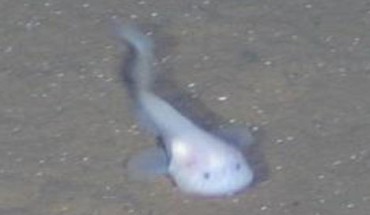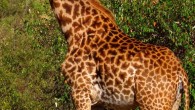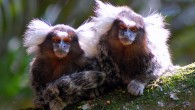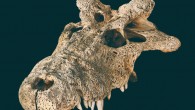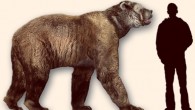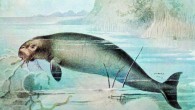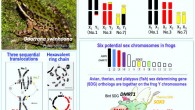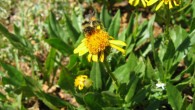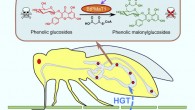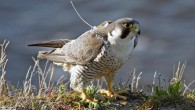A team of researchers in China has sequenced and assembled the high-quality reference genome for the Yap hadal snailfish, which was captured at a depth of 7,000 m in the Yap Trench in the western Pacific Ocean. The Yap hadal snailfish. Image credit: Mu et al., doi: 10.1371/journal.pgen.100953. Hadal environments (depths below 6,000 m) are characterized by extremely high hydrostatic pressures, low temperatures, a scarce food supply, and little light. Fish...

